Easter in Barcelona can be a dull period for an expat, so this year I decided to get out and about and visit a place that I’d been curious about for some time now: The Sakya Tashi Ling Buddhist Monastery on the Garrif massif.
I decided to get out and about and visit a place that I’d been curious about for some time now: The Sakya Tashi Ling Buddhist Monastery
Checking Wikiloc (an excellent site for hiking trails), I found a perfect route that went from Garraf Train station to the monastery and then down to Sitges, for a celebratory beer and train back to Barcelona.
Starting Point: Garraf
Garraf beach, an enclosed slice of sand with characteristic holiday huts lining the back and a slab of rock to the right, is a great place to spend the day, but on this occasion there was just time to take a photo and convince myself that 6 hours of hiking was definitely going to be better than spending the whole day on the beach. Definitely.
From here we had to bear right and duck under an undercarriage to find the trail that took us up a fairly steep slope that wound up next to an abandoned quarry. We picked up a Romanian hiker who seemed to think we were going in the correct direction, whilst the presence of a party of Chinese tourists coming down the trail reassured us we were on the right track.
The Garrif massif is, if not spectacular, then at the very least a picturesque place to stretch the legs. A coastal mountain, it is sparsely wooded, but still verdant with plenty of grass, shrubs and flowers covering its rocky surface. It is also a protected area, and we discovered little in the way of civilisation apart from a few cute bungalows… one of which we stopped off at to ask for directions.
It had been a slightly longer and steeper climb than I was anticipating, but we made it.
The Monastery
The Sakya Tashi Ling monastery was established in 1996 in an old Indiano palatial home called Palau Novella, built in the 19th century.
The Sakya Tashi Ling monastery was established in 1996 in an old Indiano palatial home called Palau Novella, built in the 19th century.
It’s an arresting cream-coloured building with an impressive gate and distinctive square tower, outside of which is the traditional Buddhist stupa – a place for meditation decorated with multiple reliefs of a white and blue lion beast, the symbology of which I’m not going to pretend to understand (tempted though I am).
We arrived just after a guided tour had begun, and didn’t have time to wait for the next one, but those keen to go inside might want to time their visit better than we did. The 45 minute tour runs, in Spanish, on the hour from 11am to 5pm, every Saturday, Sunday and holiday.
They also run an English tour two Sundays a month at 10am. Check the website for the precise dates.
Whilst it was a bit disappointing not to get at least a little gander inside, we enjoyed a nice picnic in the shade of some nearby trees, washed down with some ginger tea courtesy of our new Romanian friend.
The monastery had what looked like a pretty nice restaurant if you forgot your jamon sandwich, and a splendid tapestry (pictured above).
Final Stretch to Sitges
The final stretch of the hike was a pleasant downhill walk, with our target – Sitges, unfurling beside the Mediterranean – clearly in sight.
We passed some wooded hillside villas with enviable looking vistas, as well as some ruins, where we stopped for a moody photo…
And then trudged through the outskirts of town into the heart of Sitges, always a delightful place to visit, with its lively cafes and restaurants and picturesque streets and coastal promenade. Here are some tips if you’ve never been.
Being true cheapskates romantics we decided against a beer at one of the local bars, instead grabbing a trusty tinnie from a supermarket and plonking our posteriors on the sand underneath the town’s iconic church.
The hike had taken longer than expected, what with picnics and photo stops, and our less-than-Olympic pace, and whilst Wikiloc said we’d take 6 hours, I’d leave a bit longer if you’re a casual hiker.
Doing It Yourself
Day trips don’t get much easier than this. Just hop on the train to Garraf (25 minutes from Sants Station), check the Wikiloc link at the start of this article (or wing it using your Google maps), and estimate getting to Sitges in 6 hours if you walk at a decent pace without stopping, to up to 9 hours if you are a bit slower, stop for lunch and and plan to do the guided tour of the monastery (which is the only way to see the interior).
The trip from Sitges back to Barcelona is around 35 minutes. Trains leave every 15-30 mins.
More day trip ideas right here.


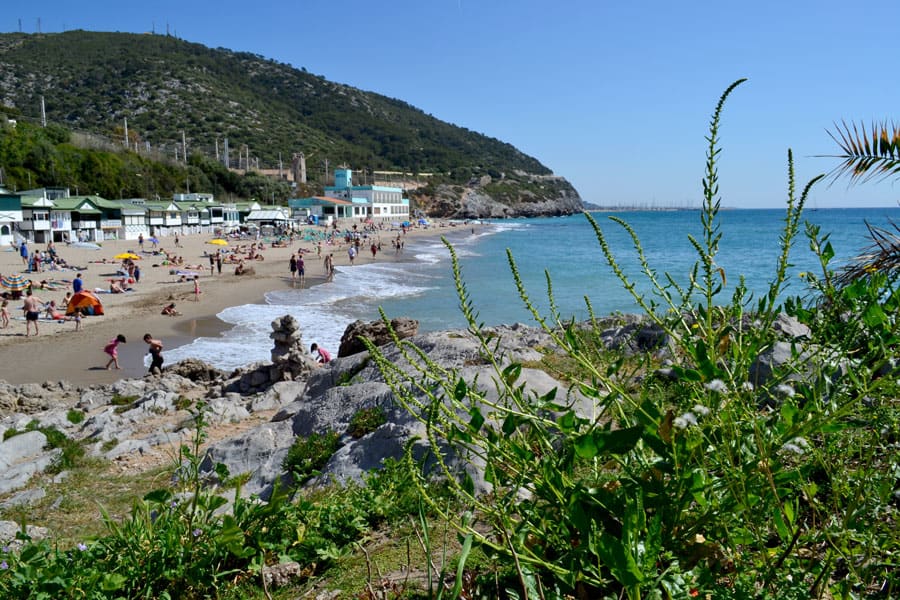
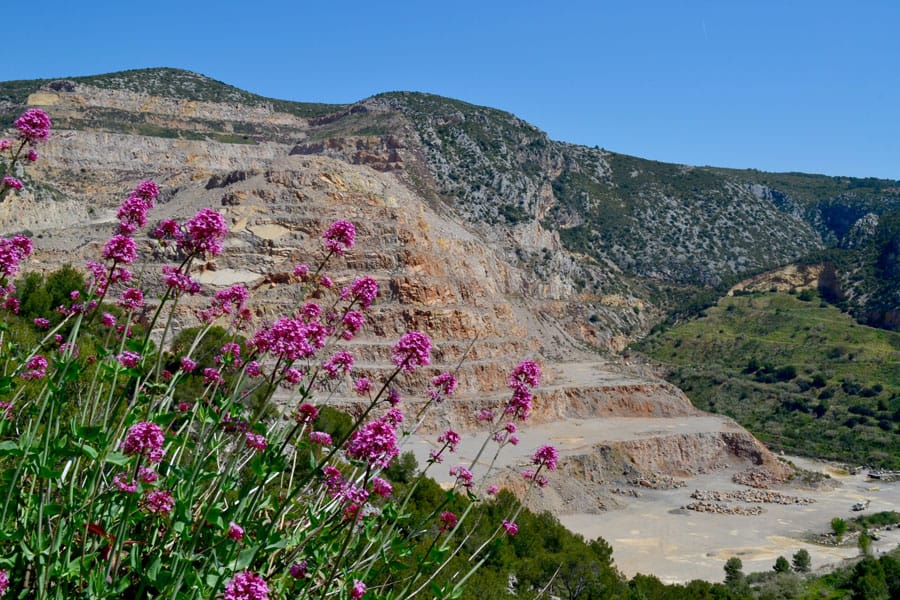
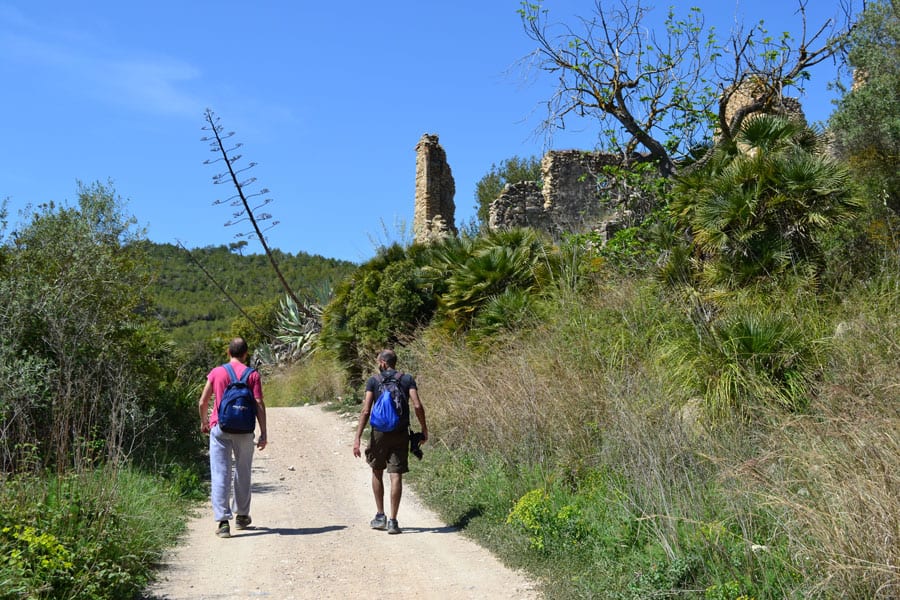
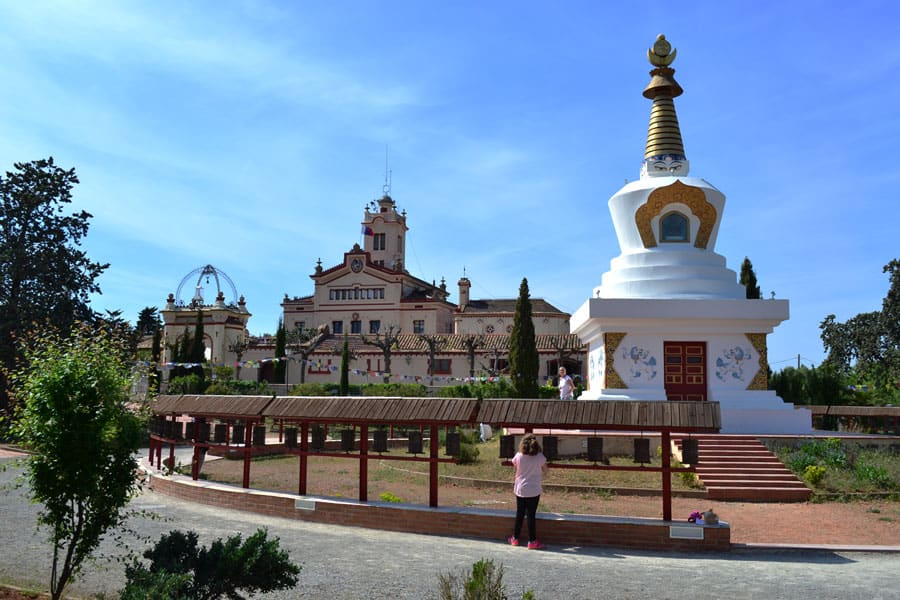
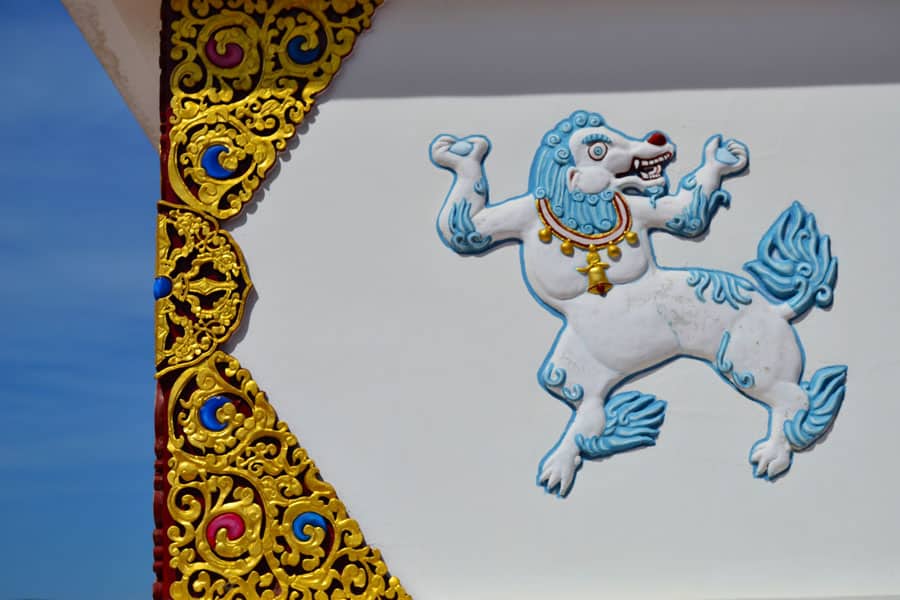

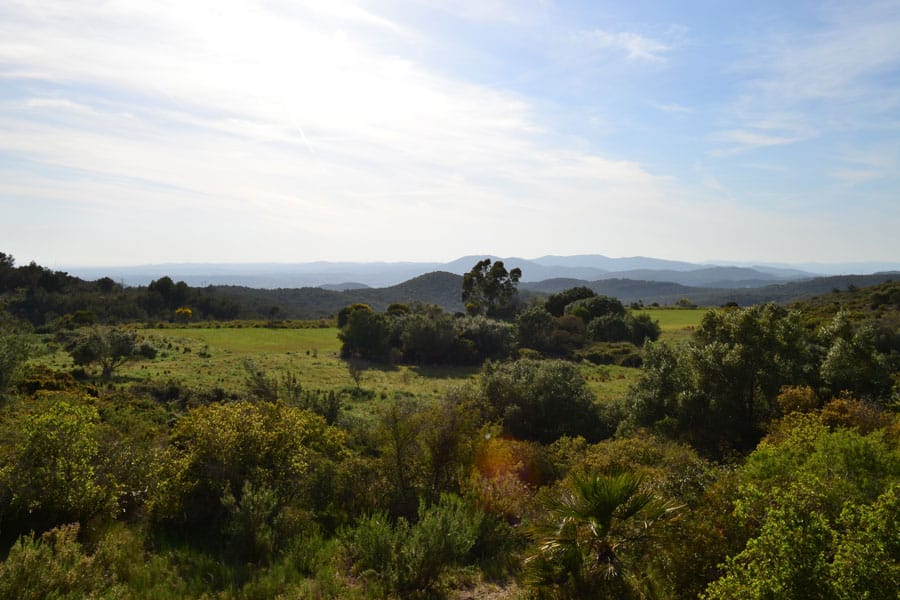
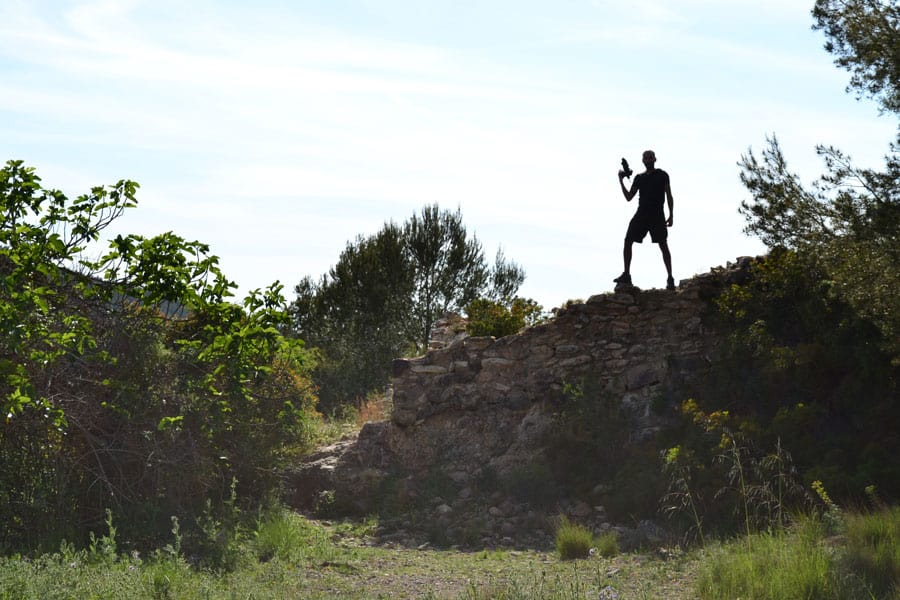
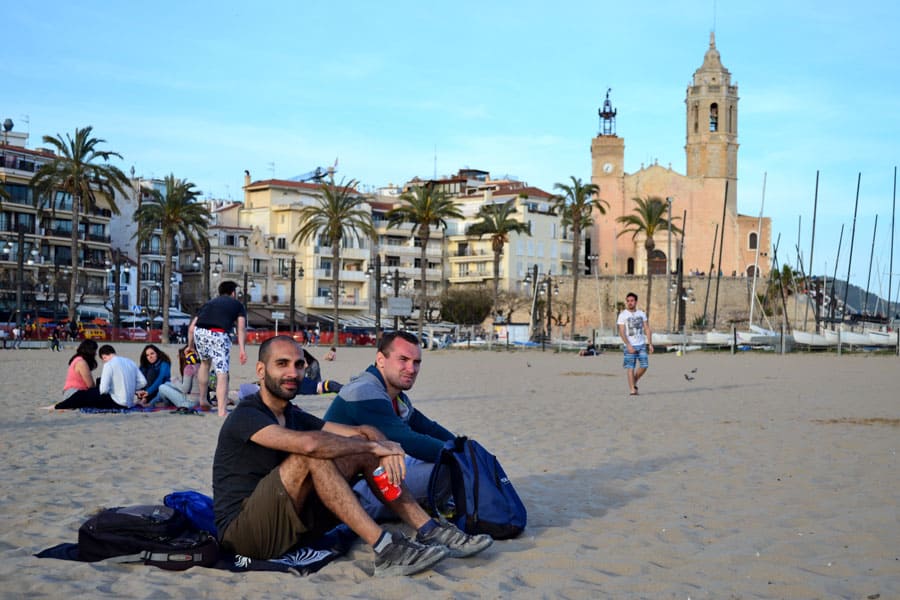
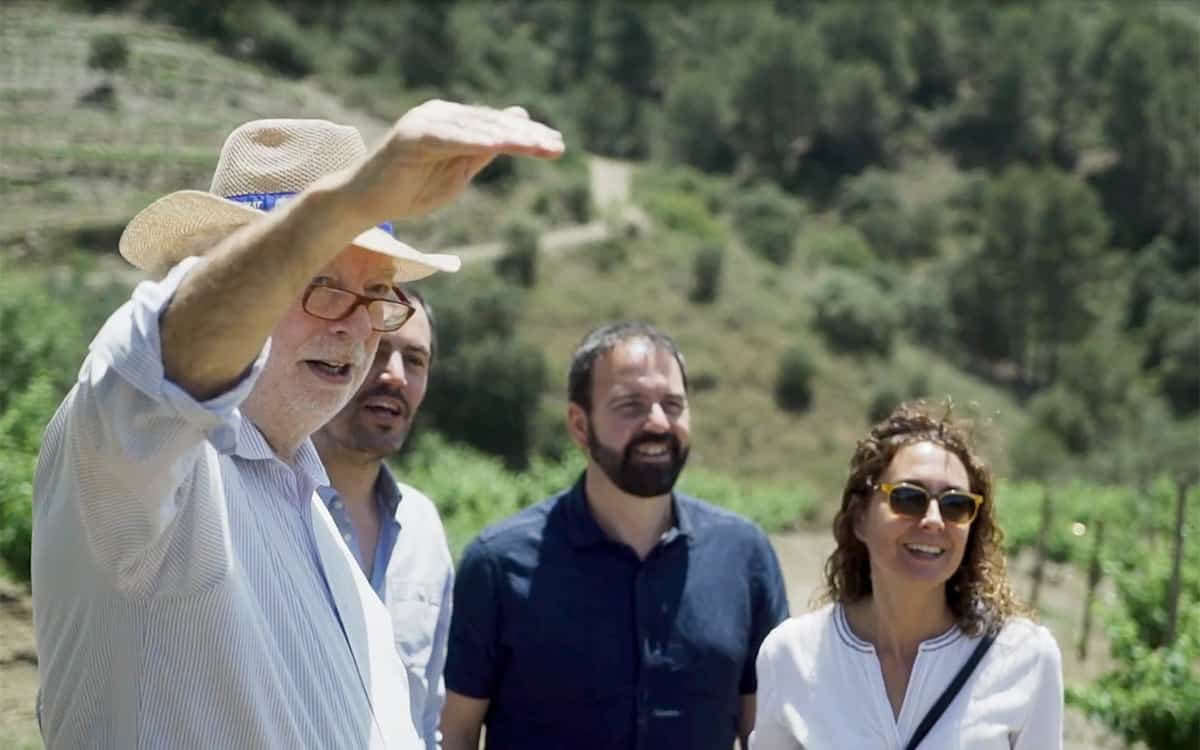
Max
Thanks for sharing Duncan,
I found this article through research on Google Search and did the hike last Monday. I really enjoyed the hike and the time to recover at the beach in Sitges. I have also got aware about the Wikiloc App, which I explored as well.
Malla
Hi Duncan,
Thanks for your informative writings on Sitges and surroundings. We are going to spend the winter in Sitges and this is a good start for the exploration of the town and the mountains…